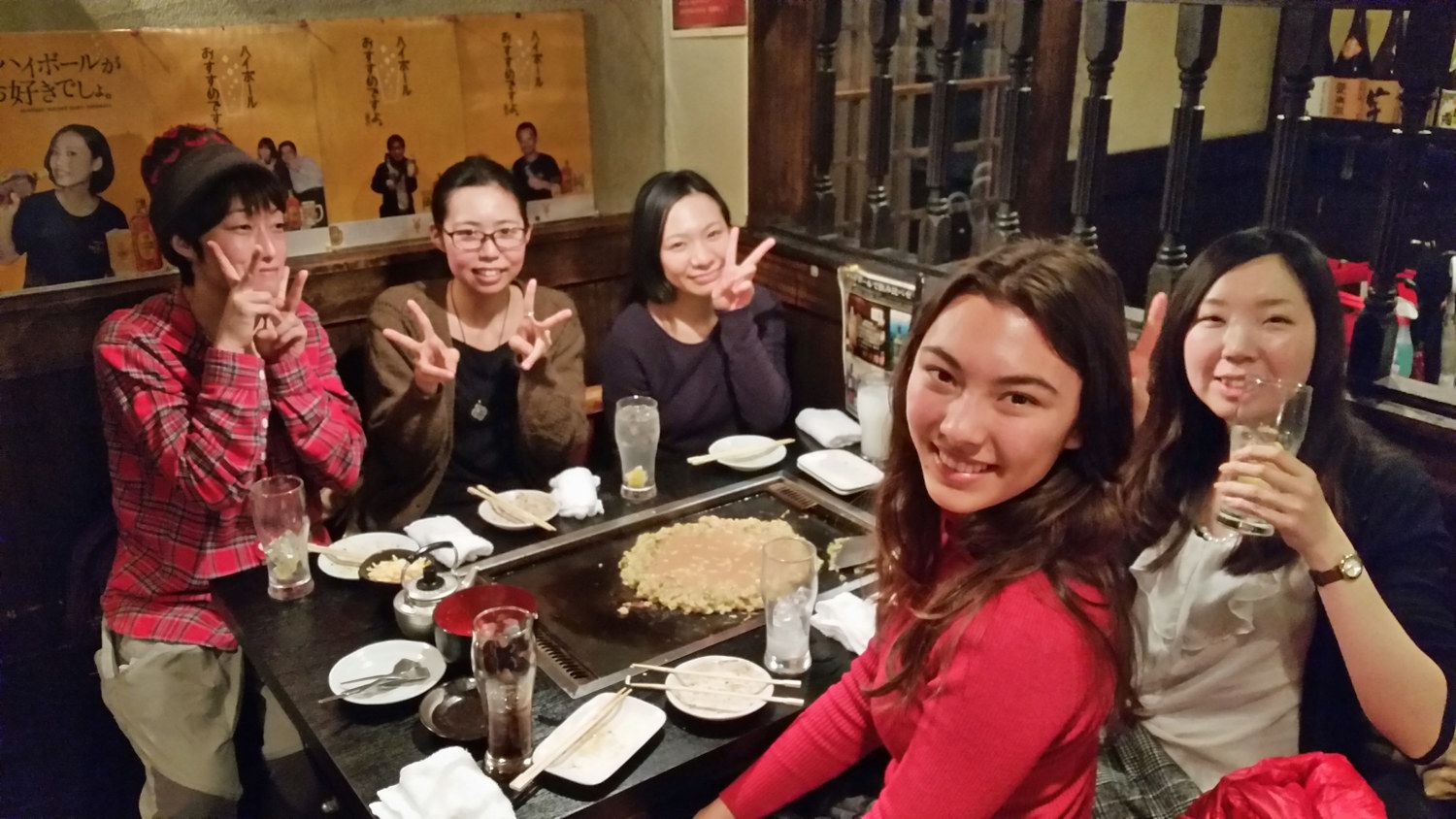Ryka Kotzur loves smashing people's expectations – it's part of what has led her to pursue jobs in male-dominated fields.
As a child, Ryka remembers waiting nervously offstage, anticipating the cue to take her place under the spotlight to dance ballet – with all its elegance and grace – never dreaming she would one day trade her ballet slippers for drills and hammers and heavy machinery in the male-dominated field of engineering.
But life rarely moves in a straight path – it’s often full of pirouettes and twists as we seek to find our place in the world.
One of the key turning points in Ryka’s journey happened when she moved to Japan for a year.
Still a teenager, it was her first time living away from home, let alone overseas, leaving behind her tight circle of childhood friends and close family to live in Shimokitazawa, a picturesque district of Tokyo.

“I knew nobody in Japan, so it was really a chance to re-invent myself. I became more independent, more confident,” Ryka says.
When she moved back to Australia, she took another leap of faith on an electrical apprenticeship with Ergon Energy – a move she never would have considered a year earlier.
“I went to an all-girls school,” she says. “I was a stereotypical ‘girly girl’ – I was into arts and crafts and ballet. No one would have expected me to become an electrician.
“But I like proving people wrong, so I took the opportunity and I loved it!”
As an apprentice, Ryka spoke to many engineers, sparking a curiosity that would only be satisfied a few years later when she took another leap of faith and enrolled in Mechatronics at UniSC.

Mechatronics lecturer Dr Umer Izhar said Ryka was one of a growing trend of students enrolling in the degree at UniSC as engineers struggle to fill vacant positions – a fact laid bare in a 2022 Engineers Australia report that highlighted Australia will need an extra 100,000 engineers by 2030 to cover proposed projects.
"The same report also emphasised only 11 percent of engineers were female, an under-representation that means infrastructure design and implementation is not being serviced by the diversity of people who use it," Dr Izhar said.
Ryka is keen to help break this bias. But she had reservations about attending university again.
“I’d started studying a Bachelor of Arts when I was living overseas,” Ryka says. “But I was freshly out of high school, living overseas for the first time – I felt isolated. It didn’t help that I was studying externally too.
“So I was a little bit hesitant to go back to uni. But this time was different – I knew what I wanted to do.”
Any fears Ryka might have had were eased once she started studying.
"I never expected the lecturers and tutors to be so personable and casual – I expected to be left out on my own a lot more.
“But when I ask questions and engage with them, they are more than happy to take the time to answer them.
“It doesn’t feel like the teacher-student hierarchy that you find in high school.”
Explore your hands-on learning options in the world of engineering via the links below.

Bachelor of Engineering (Mechatronic) (Honours)
Program requirements of the Bachelor of Engineering (Mechatronic) (Honours)

Bachelor of Engineering (Electrical and Electronic) (Honours)
The program summary, requirements and study sequence for the Bachelor of Engineering (Electrical and Electronic) (Honours).

Bachelor of Engineering (Mechanical) (Honours)
The program structure, program requirements and notes for the Bachelor of Engineering (Mechanical) (Honours). SC411

Bachelor of Engineering (Civil) (Honours)
The program summary, requirements and study plan for the Bachelor of Engineering (Civil) (Honours).
Media enquiries: Please contact the Media Team media@usc.edu.au

